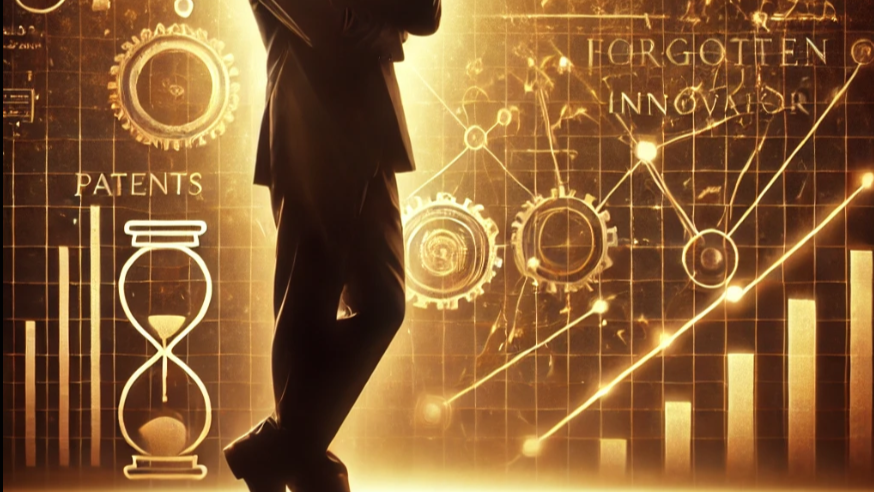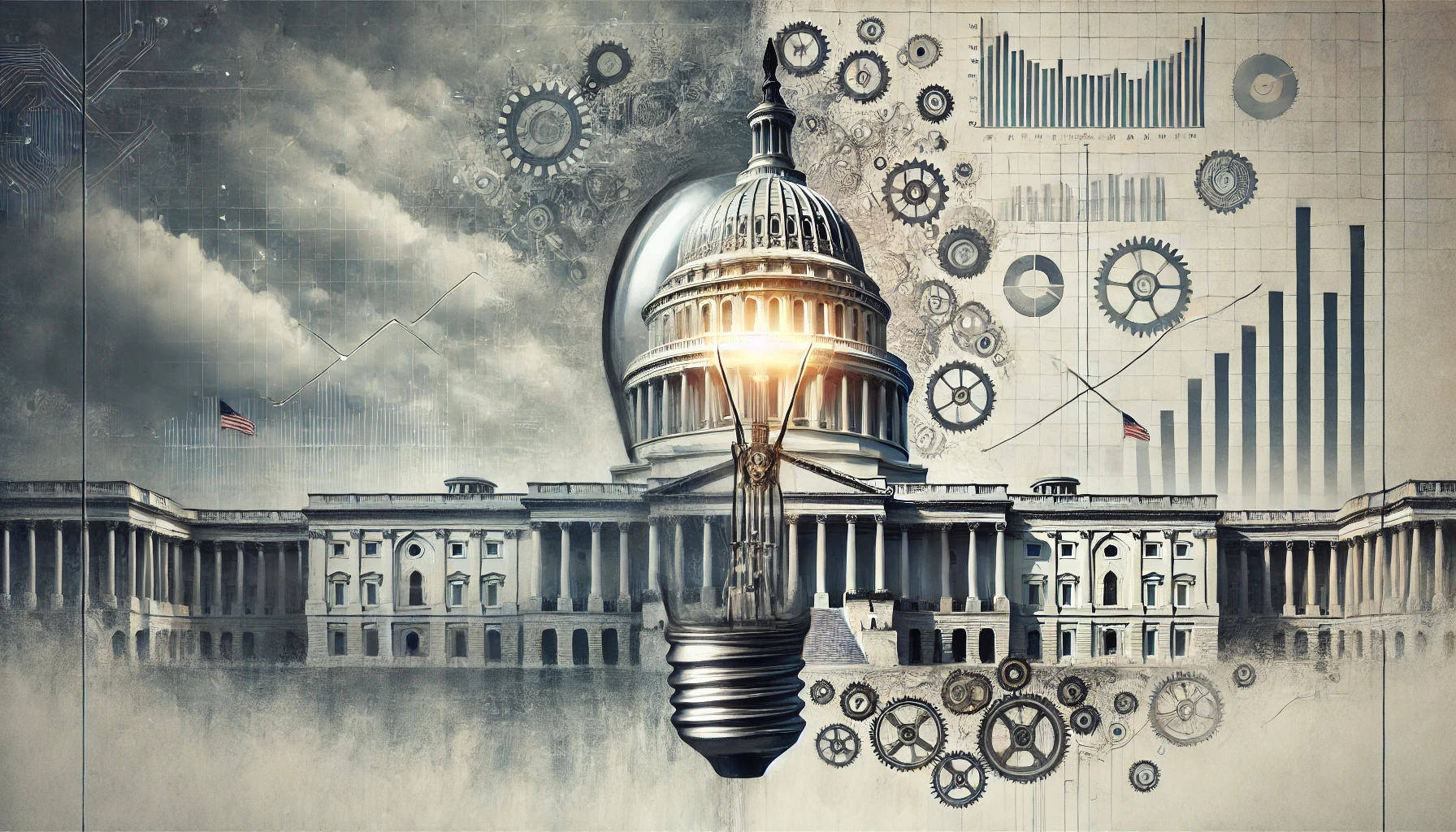
The main controversies in patents concern money and control, which just about mirrors “real” life. Since the vast majority (over 90 percent) of most corporate valuation is in intellectual property, this is why corporations are fighting over this turf. To some, it is all or nothing. Individual creators owning patents are a threat and a nuisance to most corporations, which would rather have no impediments so they can do as they please. Companies also want to squelch possible competition. In short, Google does not want another Google.
The patent canary is gasping for breath, and inventors wonder what further curtailments are coming, just as many today wonder what is happening to the world and if it can get worse. Finding investors for patentees is already hard and getting increasingly difficult with the confused mess of the law that now exists. For example, what further nonsense can come out of a Supreme Court? See the recent Oracle decision, where blatant copying is excused. The Court seems deaf to the small inventor community and, instead, like Medieval monks, seems to argue about how many angels can dance on the head of a pin – a truly abstract and useless notion.
The Destruction of the Patent System: The Abstract Idea
The U.S. Supreme Court can eliminate the current “abstract idea” problem, but they are unwilling to do so. In the confused state of things, all inventions are now abstracted to the point of obviousness. Just as obscenity is in the eye of the beholder, most modern scientific and technological innovations, to trial judges, can be reduced to an abstraction and easily dismissed as unworthy at trial by a motion for dismissal solely on that ground. Indeed, many trial judges make an early determination and justify the dismissal, thereby eliminating a lengthy, complicated patent trial and allowing the judge to handle other matters on their docket instead. This is a very wrong and anti-patent approach that the Supreme Court currently condones, which is employed against any technology that copyists want.
Critics will argue that the abstraction test is necessary to weed out “bad patents.” However, this just-call-it-abstract shortcut in litigation ignores the rather robust other patent requirements of novelty, non-obviousness, and enablement, a jurisprudence built up over the centuries, all in favor of this new procedural trick. By relentlessly attacking on abstraction, often creating a false narrative, copyists often outspend the patentees. Merely applying the established law will, however, do the requisite weeding in spades. Hopefully, the Supreme Court will soon eliminate the incredibly bad parlor trick for corporations and trial judges to weed out valuable inventor patent rights, restore the patent system to instead focus on the fundamentals, and not foster the theft of ideas.
Hopefully, the unjustness of this procedural legerdemain to void a patentee’s right to pursue an infringing corporation will be corrected or, at least, noticed by the press. But with corporate ownership, much of the media is bought. Thus, the inventors’ viewpoints and plights are not often publicized, reminiscent of some issues with censorship of thought. In time, the perfidy of the bad corporations will be exposed, but this is doubtful in the current climate. Instead, the press deems inventors as “patent trolls.” Perhaps the press can see the actual truth: the corporation wants to take the patented invention and sell it themselves.
The Destruction of the Patent System: The America Invents Act (AIA)
The America Invents Act (AIA) of 2011 is another injustice foisted onto inventors. The creation of various and arguably unconstitutional, unjust proceedings to take the patent property rights from inventors administratively. Ostensibly a good alternative to federal court litigation, these proceedings have decimated the patent community by allowing multiple challenges on the same patent, using administrative law judges instead of federal judges to resolve property rights violations, and allowing corporations to interplay between federal litigation and administrative litigation− bankrupting any small inventor who dares to challenge them. Much like the current issues regarding the purported “deep state,” many feel abused by non-elected, administrative people gaining the upper hand in our country. With regard to these AIA proceedings, some have called the Patent Trial and Appeal Board (PTAB), and its judges, a “death squad,” for patents. Which eerily reminds us of bureaucrats determining the fate of people in hospitals and such.
Congress Has a Role to Play
Congress can also protect the small inventor community, the acknowledged font of future technological advancements, and thwart the various anti-patent corporations from further tilting the patent system in their favor and curing the many ills of the AIA. But various Congressional efforts have failed to reach a consensus despite the ongoing killing of the geese laying the treasured eggs. Even though this is a truly bipartisan endeavor, any correction of the ills of the patent system is unlikely due to lobbyists still at play. With billions in market share at stake and corporate monopolies to maintain, we should not hold our breath here. Similarly, with the looming election, we should realize that it is in the interests of some to keep Americans divided and fighting amongst ourselves. Inventors well know being excluded from the market.
Death of our Innovation System
Our nation is strong yet also being riven from within. Our government is in turmoil, and politics have split the nation, each side calling the other evil. With long-established Constitutional rights being contested and crime abounding, many Americans are in fear for their country. Inventors, the lifeblood of American innovation and exceptionalism, have been and are still being weakened by the institutions that should be protecting them. Their plight is all our plight. American innovation drives much of the world, yet we allow the slaughter of countless inventions. Just as many American traditions and ideals are being attacked now, undermining the fabric of the nation, inventors and American ingenuity have been and are being abused.
As these intrepid American inventors, sooty and sweaty from their endeavors, come up the proverbial mine shaft, we pray that they bring with them their canaries, too, which are hopefully singing.
Raymond Van Dyke is an IP/Patent Attorney and Educator. In his practice, he helps a variety of clients in their IP matters. He specializes in patent and trademark matters in various technologies, litigation, licensing, and procurement. After being a partner in big firms, he started his own IP consultancy in Washington, DC, with diverse domestic and international clientele and technologies, handling matters at the USPTO, Federal Circuit, and local State and Federal courts. He is an Adjunct Professor at George Washington University and teaches IP courses for engineers, business people, and other professionals at the University of Maryland and George Mason University; also teaches about the history and philosophy of IP, the history of technology, famous inventors and deals, etc. He has also taught at Southern Methodist University, American University, and across the world. Ray also teaches at NIH and other institutions. He is the Senior Vice President of Special Events at LES and Chair of the LES DC Chapter; an AIPLA Fellow and former Chair of a number of Committees; Chair of the Montgomery County Bar Association IP Section, former Board Member of the DC Chapter of the ACM, former Board Member of ITechLaw (Computer Law Association); and continues his involvement in IPO, the MSBA, AIPPI, ABA, BIO, IEEE and other legal and technical organizations. Ray got his BS and MS in Computer Science and a law degree from the University of North Carolina at Chapel Hill. He is licensed to practice in DC, MD, NY, NJ, and TX, as well as the USPTO, and is admitted to the U.S. Supreme Court, Federal, Second, Third, Fourth, and Fifth Circuit Courts, and a number of District Courts, Court of International Trade and Federal Court of Claims. Ray also continues in his efforts to fight on behalf of the small inventor community in protecting the principles of the patent system.






